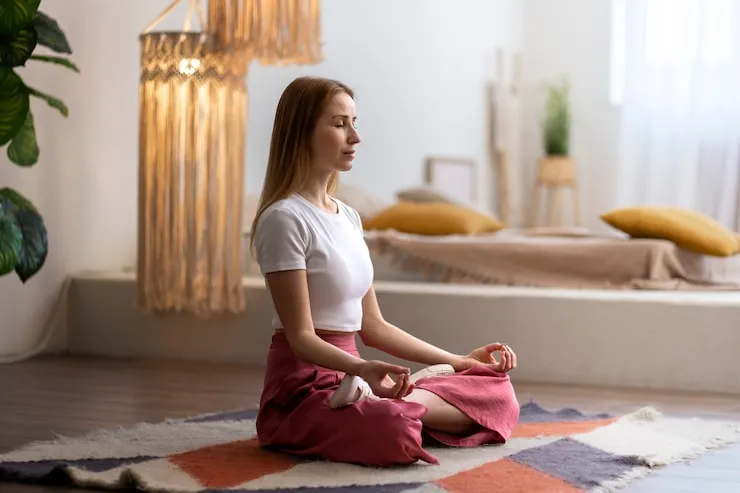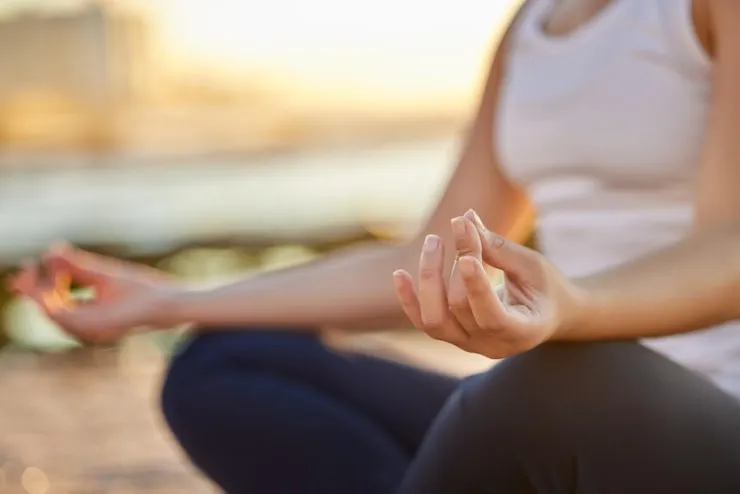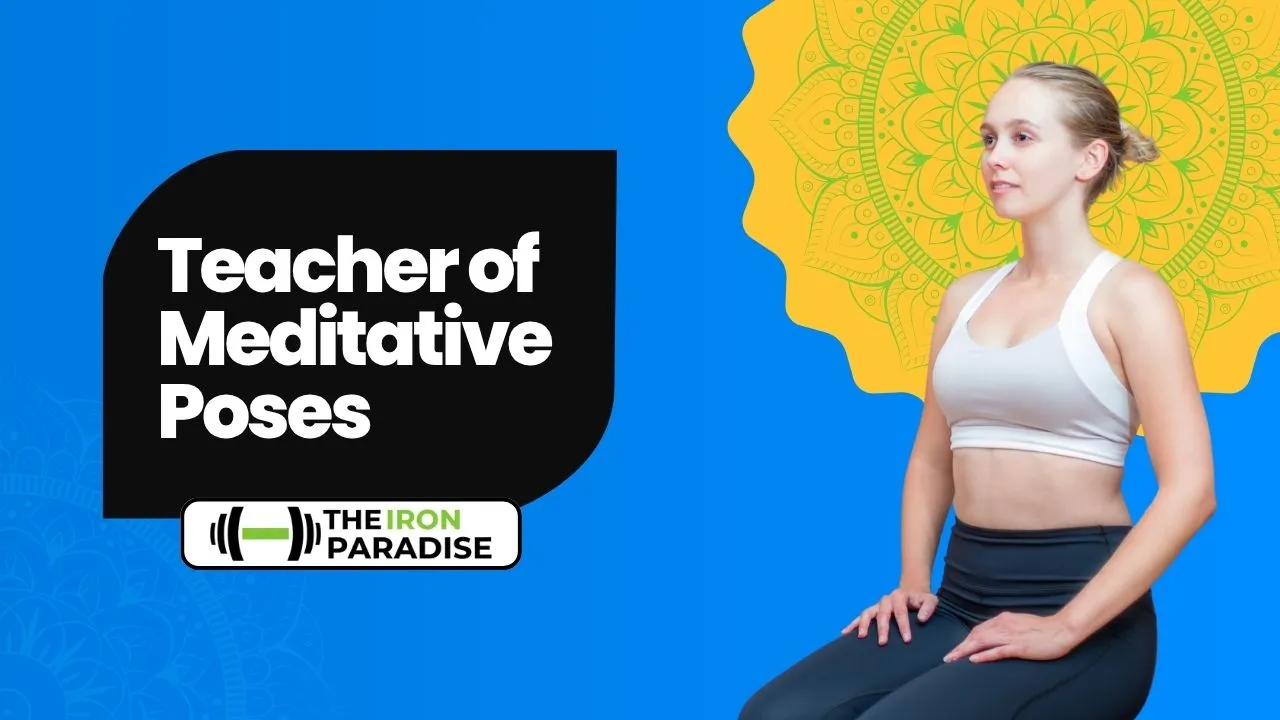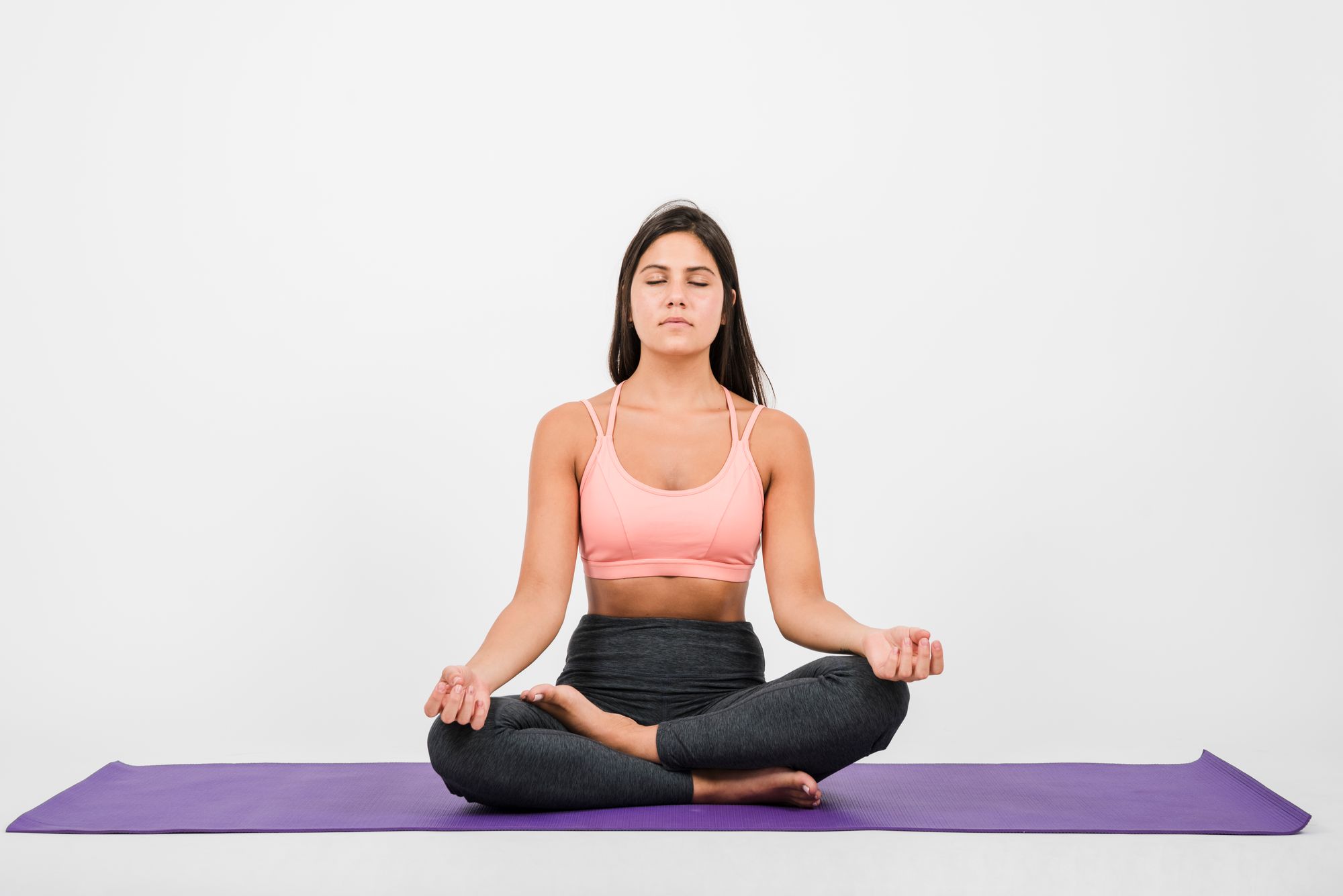
Meditation as a training has as of late acquired fame from one side of the planet to the other. Furthermore, rather than what a many individuals accept, there's nobody size fits all procedure and there are different strategies and sorts of reflection accessible. How do you have at least some idea which kind of Meditation is an ideal choice for you? Explore different avenues regarding various sorts and find the one that suits you the most. Click here for a nitty gritty comprehension of finding the right reflection type for yourself.
Whether you're a fledgling or a carefully prepared expert, the initial step to start is to figure out how to sit when you contemplate. Finding the best reflection position is that part of Meditation that is many times neglected despite the fact that it assumes a urgent part in the viability of the training. In this blog entry, we'll discuss the best reflection sitting positions and how you can sit easily while thinking.
Understanding meditation positions
With regards to reflection, the situation in which you sit can enormously impact your experience. Meditation sitting positions, frequently alluded to as 'reflection presents, are related with being truly agreeable as well as are associated with adjusting your energy and eventually expanding your concentration and focus.
You can decide to ponder while sitting on a seat, a pad, or straightforwardly on the floor. The main thing for this situation is to find a decent reflection sitting position which is a harmony between solace and sharpness. The reflection sitting position you choose ought to cause you to feel loosened up to the point of contemplating for expanded periods, however not so agreeable that you risk nodding off.
The right reflection present advances legitimate stance and arrangement, diminishes actual distress, and makes it simpler for you to remain on track and present during your Meditation meeting. Moreover, unique Meditation stances can differently affect your energy levels, mind-set, and, surprisingly, the sort of reflection you're doing.
Presently, how about we figure out what the different reflection presents are and how to pick the one that is ideal for you.
Exploring yoga and meditation
Yoga and reflection are two practices that frequently complete one another. Both starting from old Indian customs, they share a shared objective of advancing care, inward harmony, and a more grounded bond with yourself. The connection among yoga and Meditation is interlaced to such an extent that numerous yoga meetings frequently finish up with a reflection practice to cause your brain to feel tranquil.
A huge part of this relationship is the Meditation present in yoga. Yoga postures, or asanas, are not simply actual activities; they are likewise intended to set up the body for Meditation. By rehearsing yoga, you become more adaptable, upgrade your solidarity and equilibrium, making it simpler to keep an agreeable and consistent Meditation present for broadened periods.
In yoga, certain stances are explicitly intended for Meditation. These stances, for example, the Lotus Posture (Padmasana), Simple Posture (Sukhasana), or the Cultivated Posture (Siddhasana), are with the end goal that they advance an upstanding spine, open chest, and loosened up body as a general rule, which are great for Meditation. These postures likewise assist in establishing you when you plunk down to with reflecting, advancing a feeling of security and smoothness that aides in accomplishing a thoughtful state.
The best meditation positions
Viewing as the "best Meditation position" is an individual excursion, as what turns out best for you may not be the situation for another person. We should investigate a portion of the generally perceived places that advance legitimate stance, solace, and fixation positions:
Lotus Posture (Padmasana)
This is one of the most famous Meditation presents and here, you sit leg over leg with each foot laying on the contrary thigh. It advances a straight spine, open chest, and grounded body. Nonetheless, it expects you to be sufficiently adaptable and may not be agreeable for everybody, particularly novices.
2. Half-Lotus Pose (Ardha Padmasana)
This is viewed as a less requesting variant of the Lotus Posture, where just a single foot is put on the contrary thigh, while the other stools under the knee of the contrary leg. It offers comparative advantages to the Lotus Posture yet is simpler to keep up with for those with less adaptability.
3. Easy Pose (Sukhasana)
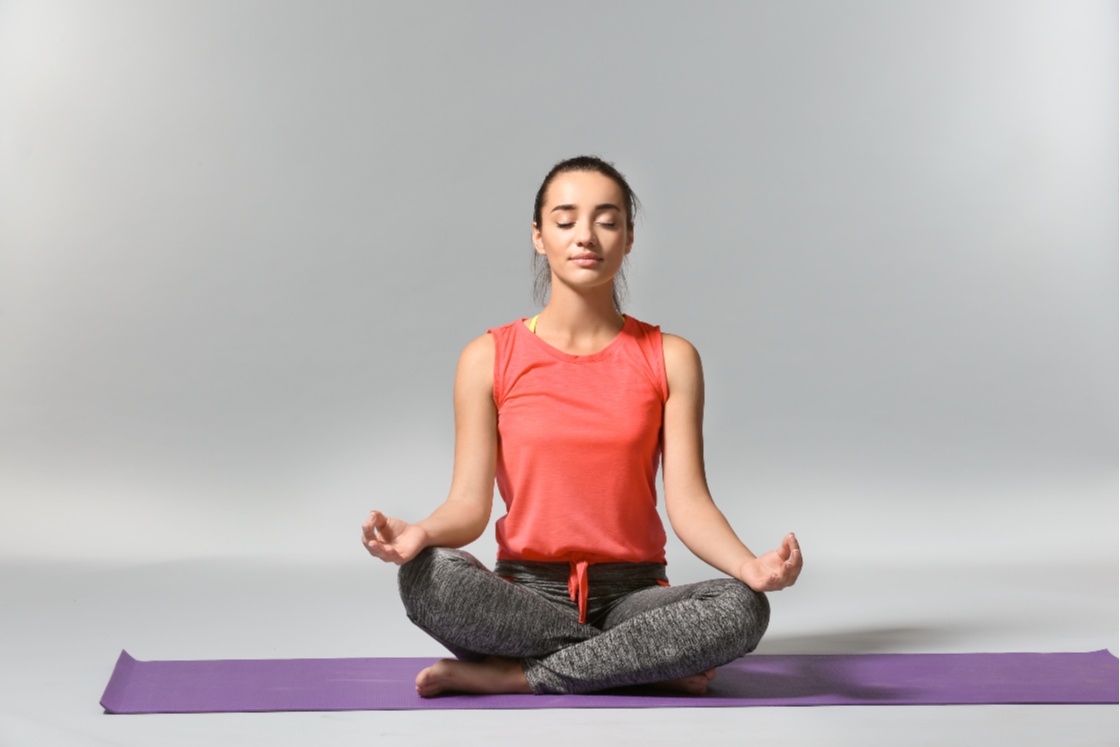
As the name recommends, this is a straightforward and agreeable posture where you sit leg over leg with your feet under your knees. It's a magnificent situation for novices and for the individuals who find the Lotus represents a smidgen really testing.
4. Seiza Pose (Vajrasana)
Here, you stoop and sit out of sorts. It's a typical Meditation present in numerous Asian practices and assists with remedying your stance and fortify your back. It very well may be made more OK with the utilization of a Meditation seat or pad.
4. Chair Sitting
For the individuals who find floor sitting awkward, sitting on a seat is an entirely satisfactory choice. Here, you really want to sit with a straight back with your feet level on the floor, and hands laying serenely on your lap.
Remember that the ideal reflection position is the one that permits you to keep even headed and centered. Explore different avenues regarding various positions, and feel free to props like pads, seats, or Meditation mats to make yourself more agreeable. Peruse ahead for an itemized set of directions on the best way to sit easily while reflecting.
How to sit comfortably while meditating?
:max_bytes(150000):strip_icc()/GettyImages-530020657-568c961a3df78ccc15546908.jpg)
Realizing "how to sit while reflecting" is a significant part of laying out a fruitful Meditation practice. An open to sitting position permits you to reflect for longer periods without actual uneasiness diverting you from your training. Here are a few nitty gritty directions on the best way to sit serenely while reflecting:
Select your situation: As talked about in the past segment, there are a few Meditation positions you can look over. Whether it's the Lotus Posture, Simple Posture, Seiza Posture, or sitting on a seat, select the one that feels generally great for you.
Use props: to help your stance, you can utilize props like pads, seats, or yoga blocks. For example, sitting on a pad can assist with hoisting your hips, making leg over leg positions more agreeable. In the event that you're perched on a seat, you can put a pad behind your lower back for more help.
Keep your back straight: No matter what the position you pick, keeping a straight however loosened up spine is an unquestionable requirement. Envision a string pulling you up from the highest point of your head, making a characteristic arrangement from your head to your tailbone.
Loosen up your shoulders: Let your shoulders drop normally and stay away from any strain around here. You can lay your hands kneeling down or in your lap, contingent upon what feels generally great.
Set your look: You can decide to shut your eyes or keep a delicate look, looking somewhat descending and a couple of feet before you.
Registration with your body: Before you begin pondering, pause for a minute to check in with your body. Change your situation in the event that you feel awkward, and ensure your weight is equitably conveyed.
Keep in mind, how to sit when you think is about solace and arrangement. It could require an investment and trial and error to find the Meditation represent that is an ideal best for you, however with persistence and predictable practice, you'll find your ideal reflection present. One of the central point that decide your Meditation practice and regardless of whether you're steady needs to do a ton with how very much inspired you are.
Addressing common challenges
While reflection is a significantly gainful practice, it's not without its difficulties, particularly with regards to keeping an open to sitting position. One normal issue that many individuals face is going through back torment while thinking. How about we examine this and different difficulties, alongside certain arrangements:
Back torment: When you sit for a more drawn out time frame, it can overwhelm your back, particularly in the event that you're not used to keeping an upstanding stance. To dispose of back torment, guarantee your spine is adjusted and not slumped. Utilizing a Meditation pad or seat can assist with keeping up with this arrangement. Delicate yoga extends when your Meditation can likewise assist with alleviating pressure toward the back.
Leg deadness or distress: This is one of the most well-known issues concerning sitting leg over leg for a more extended time frame. In the event that you're sitting leg over leg or in a bowing position, you could encounter deadness or uneasiness in your legs. To forestall this, ensure your position takes into consideration appropriate blood course. You can change your situation, utilize extra pads for help, or attempt a seat or in any event, standing Meditation.
Fretfulness: It's generally expected to feel anxious or nervous, particularly on the off chance that you are a novice. Attempt to recognize these sentiments without judgment and take your concentration back to your breath or reflection object. With time and practice, you'll find it more straightforward to stay still.
Trouble keeping up with act: In the event that you find it trying to keep a straight spine, consider rehearsing against a wall or utilizing a seat with a straight back. Practices that advance stance and strength-building yoga postures can likewise assist with working on your stance over the long run.
Keep in mind, Meditation is an excursion, and confronting difficulties en route is completely ordinary. The key is to move toward these difficulties with tolerance and tirelessness.
The role of direction in meditation

While the focal point of Meditation is much of the time on the brain and body, the actual climate, remembering the course for which you sit, can likewise assume a part in your reflection practice. The possibility of bearing in Meditation is established in old customs and can add one more layer of profundity to your training.

